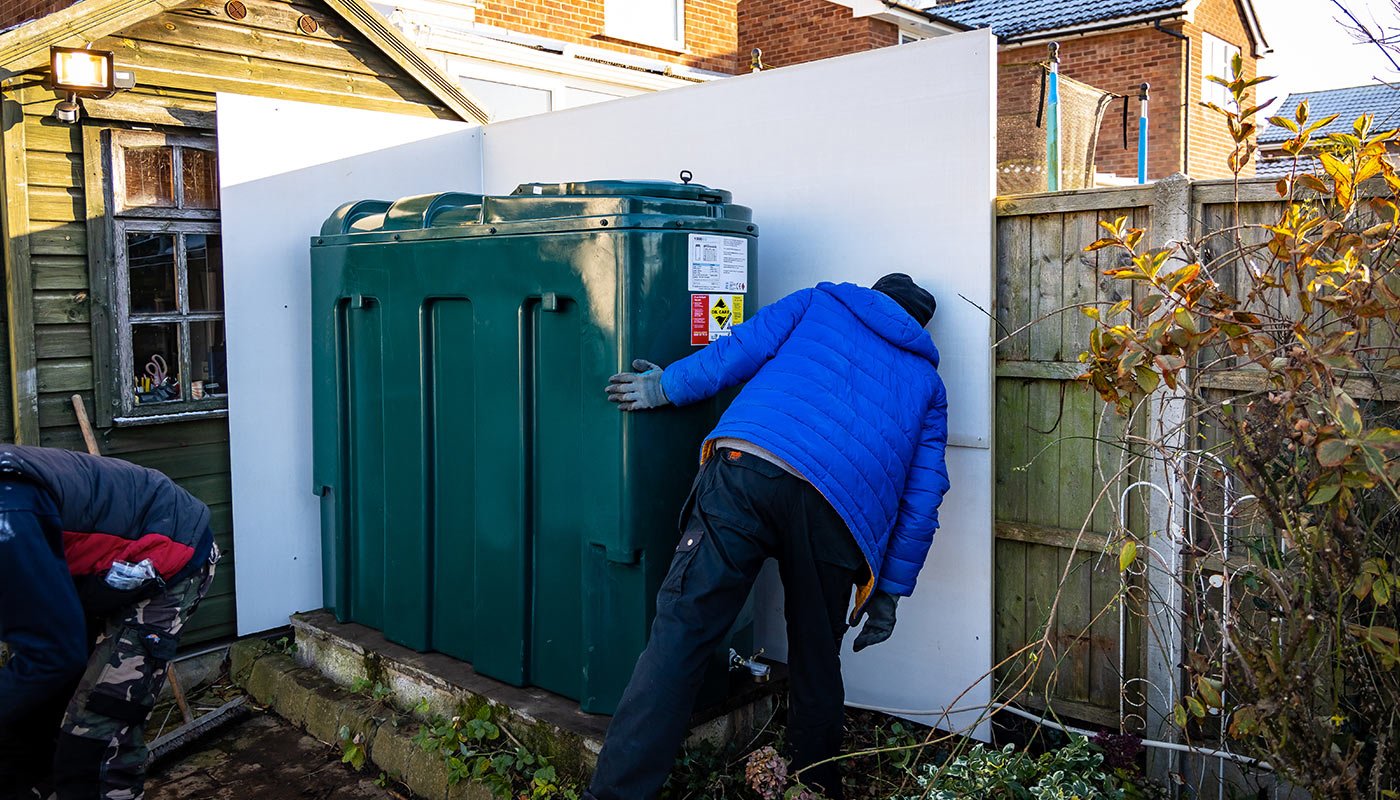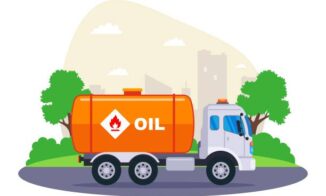Winter is quickly on its way with colder days and darker nights making an appearance. Now is the time for anyone with a domestic oil tank to plan ahead and prepare for the next few months. Most heating fuel is consumed by households from October to March, so it’s important to not only check you have enough fuel to keep your family and home warm, but that your tank is in the best working condition.
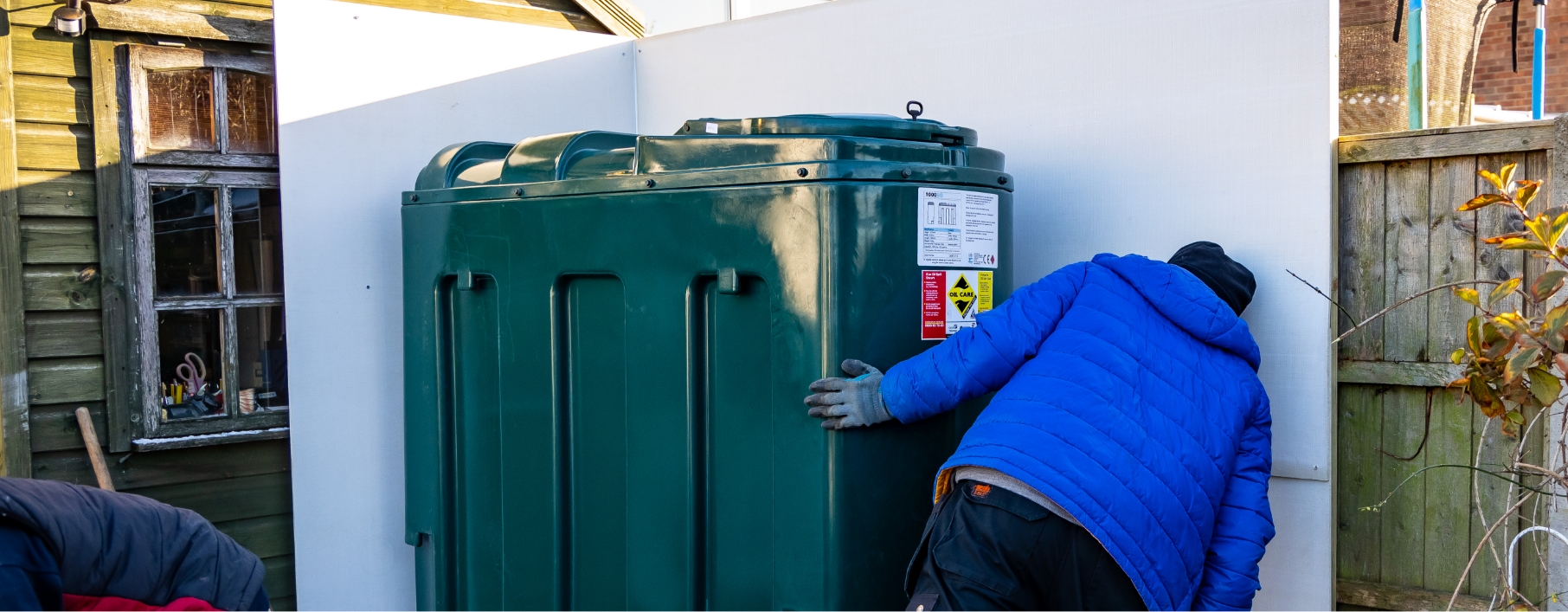
What’s Your Budget
Before you choose your oil tank, you need to know what your budget is. You also need to include additional costs which come from owning a domestic oil tank, such as:
- The tank itself
- Number of refills (deliveries start at 500 litres)
- Installation costs
- Service or maintenance costs
- Removal costs
- Repairs
The Location Of Your Tank
When finding the best spot for your oil tank, you have 3 options, but your location and local building regulations will influence these.
Inside (above ground)
If you have the space, oil tanks can be stored inside a garage or outhouse. But the room cannot contain anything else. The tank’s capacity must be below 3,500 litres and accessible from all sides. It also needs to be 1.8 metres away from any door or window.
Outside
This is the most common spot as you usually have the space for any type or size of oil tank, whilst meeting the following regulations:
- Set on a base with a 300mm edge around the tank
- 1.8m away from openings in fire-rated buildings
- 8m away from non-fire-rated buildings or structures
- 600mm away from foliage
- 1.8m away from flue terminals of oil-fuelled appliances
Underground
Although the oil tank is out of sight, there can be challenges when it comes to installation: the process can be time-consuming, therefore driving higher installation and maintenance costs, especially if there’s an underground leak.

How Big Is Your Home?
It takes around 1,800 litres of oil to heat an average-sized home per year. But this can vary depending on the time of year, size of your home, who lives there and how often they’re there.
How many rooms
Although the oil tank is out of sight, there can be challenges when it comes to installation: the process can be time-consuming, therefore driving higher installation and maintenance costs, especially if there’s an underground leak.
How many people
Again, more people will use more heating oil to warm rooms or fuel appliances. Consider who is at home and when to determine how often you’ll need refills.
Which Type Of Oil Tank?
Once you’ve decided on the above, it should help you narrow down the best oil tank type. Your budget may also influence this, but your options include:
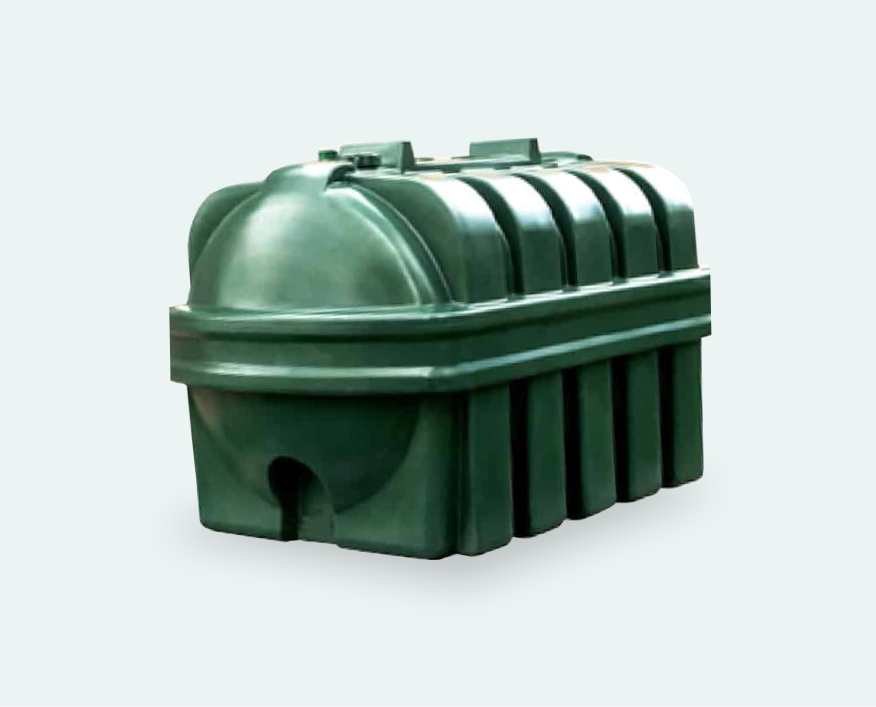
Ideal for small properties with their slimline shape and plastic mould. Making it a lightweight option and easier to install.
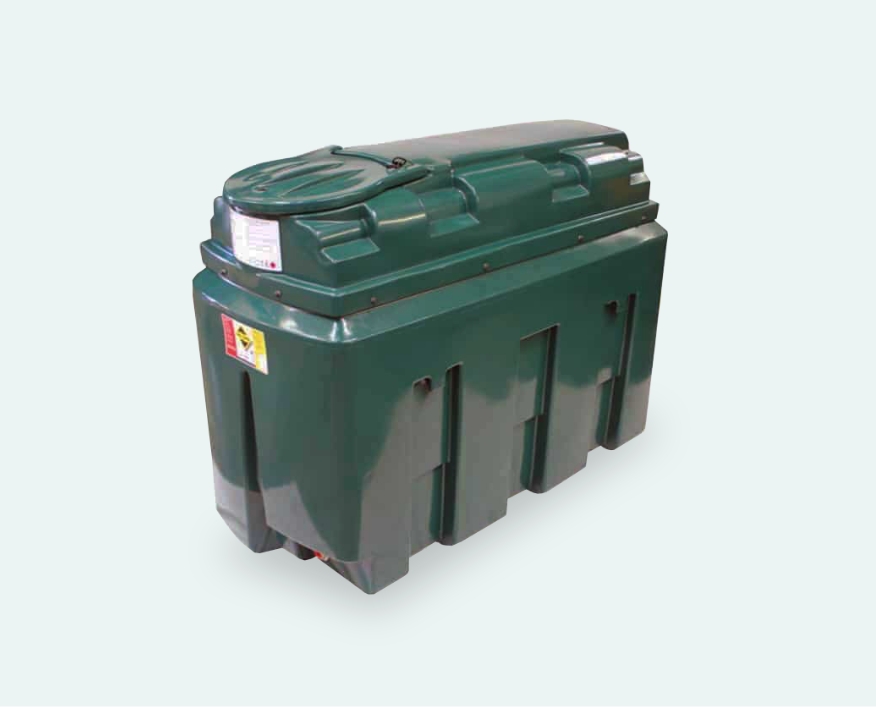
Made from plastic, these have an interior layer for added protection. Reducing the chances of leaks or contamination and increasing its lifespan.
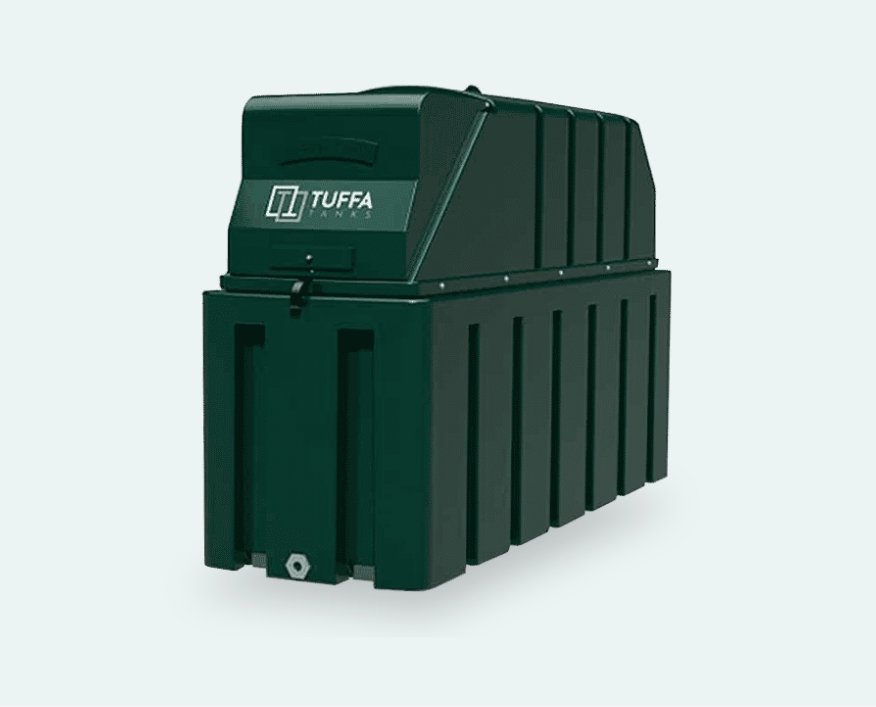
The increased protection provides safer storage and potentially lower insurance. They’re also available in various styles, making them versatile to your location, budget and needs.
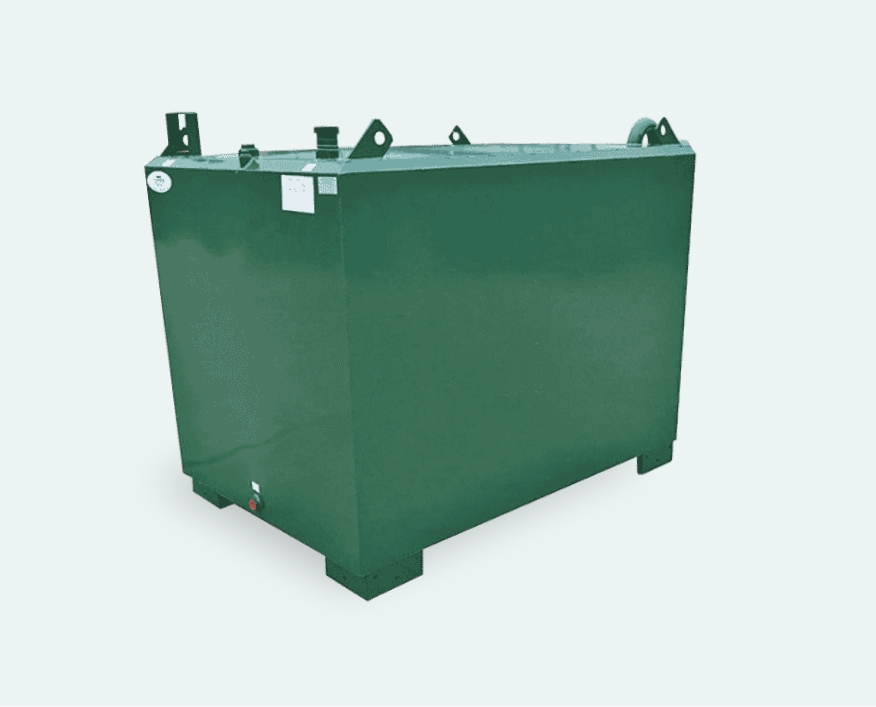
Available in both single and double-skinned, steel provides a sturdy solution. They can be custom-made to your requirements and seen as a long-term, cost-effective option.

